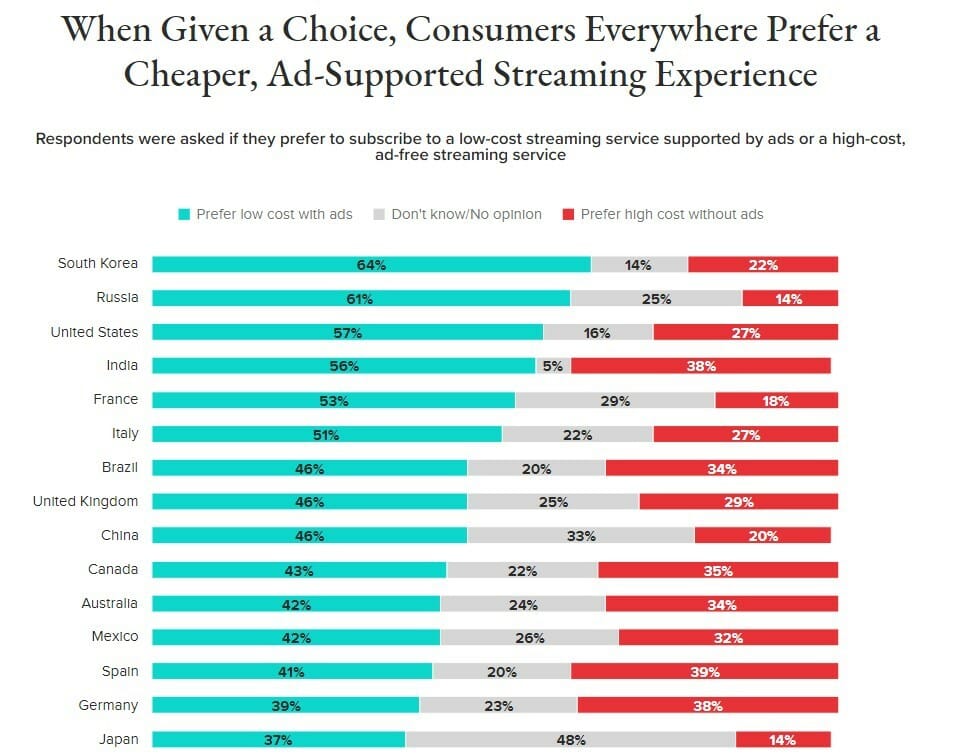Hilton Dresden tallies in The Hollywood Reporter 2023’s Oscar Wins By Film: ‘EEAAO’ Leads With 7 Statues.
They write:
“As expected, Daniels Kwan and Scheinert’s Everything Everywhere All At Once has come out on top at 2023’s Oscars ceremony, with the most wins of anything nominated. The A24 multiverse dramedy, only the second feature film from the directing duo, took home seven awards: best picture, director, lead actress for Michelle Yeoh, original screenplay, editing, supporting actor for Ke Huy Quan and supporting actress for Jamie Lee Curtis.”
Alex Stedman analyzes on IGN How Everything Everywhere All At Once Went From Intriguing Indie to Awards Juggernaut.
She plots out this timeline:
- Dec. 14, 2021: Trailer Debuts and Picks Up Steam
- March 11, 2022: Everything Everywhere All At Once Opens SXSW to Rave Reviews
- March 25, 2022: Everything Everywhere Opens in Limited Theaters
- April 16, 2022: A24 Doubles the Theater Count, Continues to Expand, and Cashes in
- Jan. 24, 2023: Everything Everywhere Scores 11 Oscar Nominations and Begins Awards Sweeps
To date, the film has made almost $108M worldwide on a budget of $25M.
Guy Lodge explains in The Guardian how ‘A24 finds the zeitgeist and sets the trend’: how a small indie producer came to dominate the Oscars.
He writes:
“With 11 nominations, Everything Everywhere All at Once leads the Oscar field; A24, likewise, is the leader among studios, having also secured nominations in various categories for its films Aftersun, The Whale, Causeway, Close and Marcel the Shell With Shoes On. And this kingmaker status has been achieved with surprisingly few concessions to the mainstream.”
He traces the company’s 10-year history and quotes filmmaker Lulu Wang as saying:
“‘A24’s brand is intertwined with the identities of the artists that it works with, and [is] known for championing unique voices. At the same time, they just have a really incredible ability to identify the zeitgeist before everybody else has. They set the trend…. The world has changed. Our industry has changed. And who is saving cinema? We have to draw people to theatres. And we don’t want the tentpoles to be the only things on offer. If A24 are able to continue getting independent films made, and protecting the voices that make those independent films, I don’t care if it has to come with a mug.’”
My take: Great work, A24! This is evidence the tide has turned and more interesting films are in vogue once again. I guess we’ll know for sure in 12 months.







